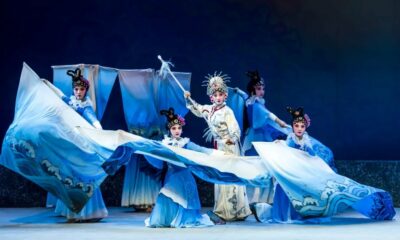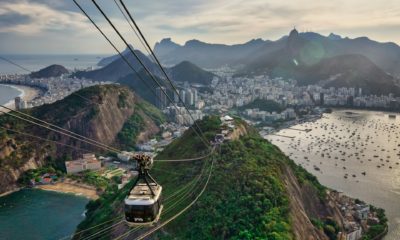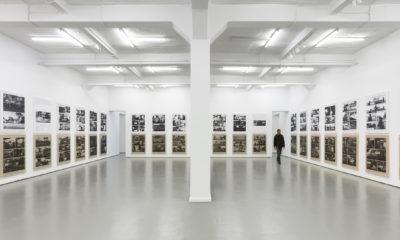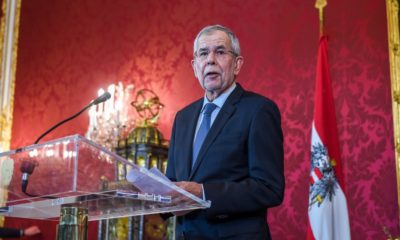Culture Craze
Lwando Dlamini Paints Survival and Spirit on a Global Stage
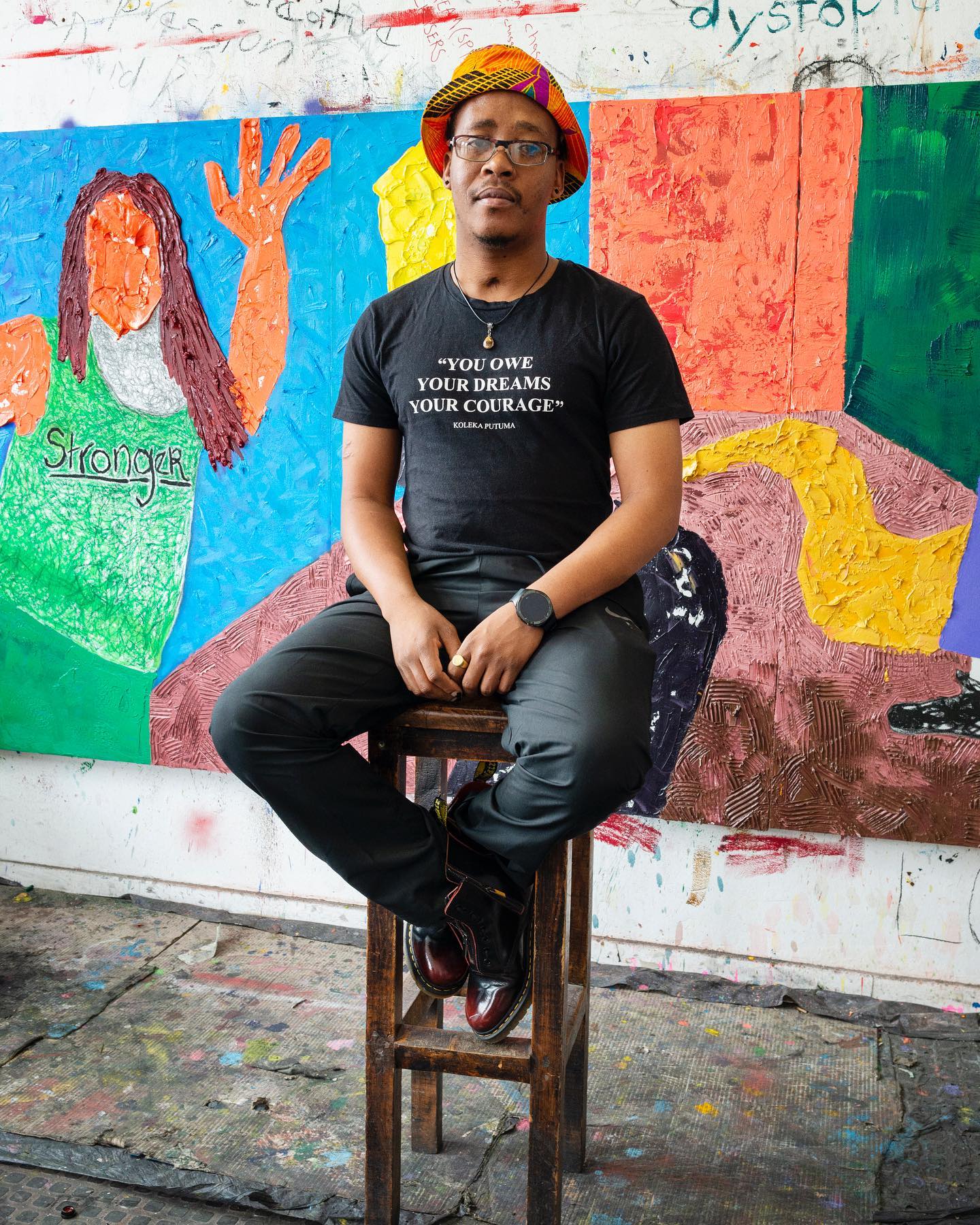
Holding His Breath, Finding His Power
At 33 years old, South African visual artist Lwando Dlamini is no stranger to survival. Born in the Eastern Cape and raised in the Western Cape, he has lived through near-death experiences, violent assaults in Johannesburg, and even a coma. Yet today his brushstrokes carry both the weight of that trauma and the beauty of resilience. His latest exhibition, I CAN HOLD MY BREATH FOR 300 AND 65 DAYS, XESHIKWENI NDIKHOTHWA NGAMADLOZI, is now on show at Villa Greppi in Monticello Brianza, Italy, and it represents a defining chapter in his career.
A Solo Show With Global Ambition
The exhibition comprises eight large oil paintings and five works on paper, all created during his residency in Italy. The title translates to “I can hold my breath for 365 days, while the ancestors are anointing me.” For Dlamini, this is more than poetic; it is deeply personal. He has spoken openly about experiencing a spiritual calling and about the struggles of the past year, which tested both his career and his sense of self.
This show is just the beginning. After its run in Italy, the collection will travel through Europe before eventually being housed in a museum. For an artist once battered by violence and personal hardship, the trajectory is nothing short of extraordinary.
Colour as a Language of Survival
Dlamini’s canvases are alive with intense colours and bold strokes. Pink, a shade he associates with forgiveness, appears again and again. “First I paint, then I think,” he explains. That immediacy gives his portraits a raw energy. Every face he painted in Italy carries Black skin, even though his subjects were mostly White Europeans. In doing so, he both asserts the Black experience and makes visible what is often unseen in European contexts.
His work blends elements of cubism, expressionism, street art, and African spiritual traditions. Each piece is layered with humour, rage, forgiveness, and ancestral memory. His portraits insist that beauty and pain, structure and chaos, can coexist in a single breath.
From Johannesburg to Europe
Dlamini was chosen to represent Johannesburg in a cultural exchange programme with Italy. For the city, his selection is a recognition of how local creativity is resonating globally. For him, the residency offered a way to rebuild his career and strengthen relationships abroad, while renewing interest in his work back home.
Curators have praised his ability to confront power and vulnerability simultaneously. One remarked, “With his painting, Lwando Dlamini has made peace with the world.” But peace, in his case, does not mean silence. His work questions institutional violence, challenges stereotypes, and reclaims agency for African voices.
Why It Matters
As African artists continue to command space on the international stage, Dlamini’s exhibition is part of a bigger movement. It shows that African art is not “emerging” but established, powerful, and uncompromising. His work is not just visual; it is spiritual, political, and emotional.
For South Africans, there is pride in seeing one of our own redefining how the world views African creativity. For audiences abroad, his portraits are more than paintings. They are a reminder that art can be both confrontation and prayer, survival and celebration.
Also read: MacG and Robot Boii’s Surprise Shaka iLembe Cameo Leaves Fans Talking
Follow Joburg ETC on Facebook, Twitter, TikT
For more News in Johannesburg, visit joburgetc.com
Source: IOL
Featured Image: Facebook/EBONY



